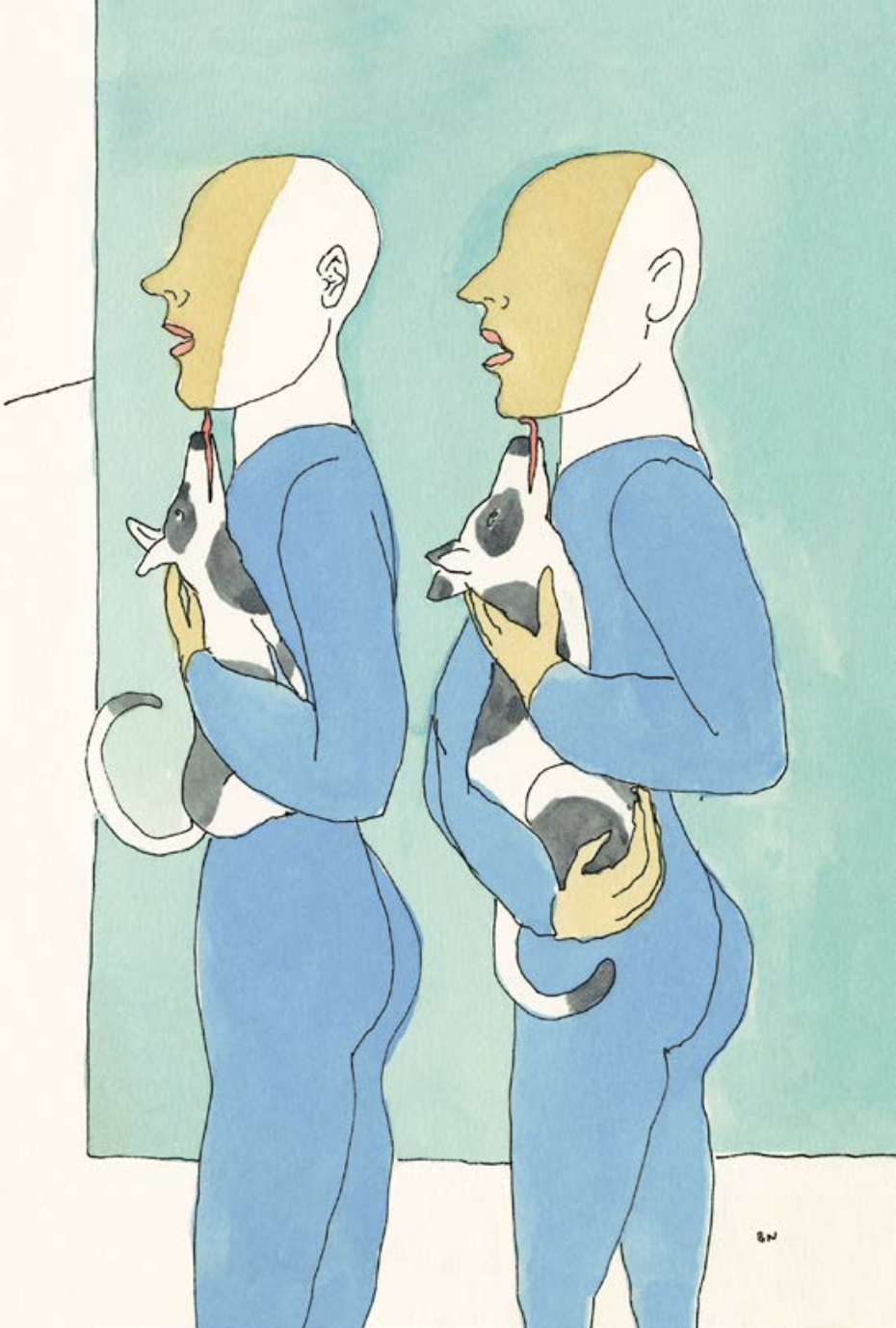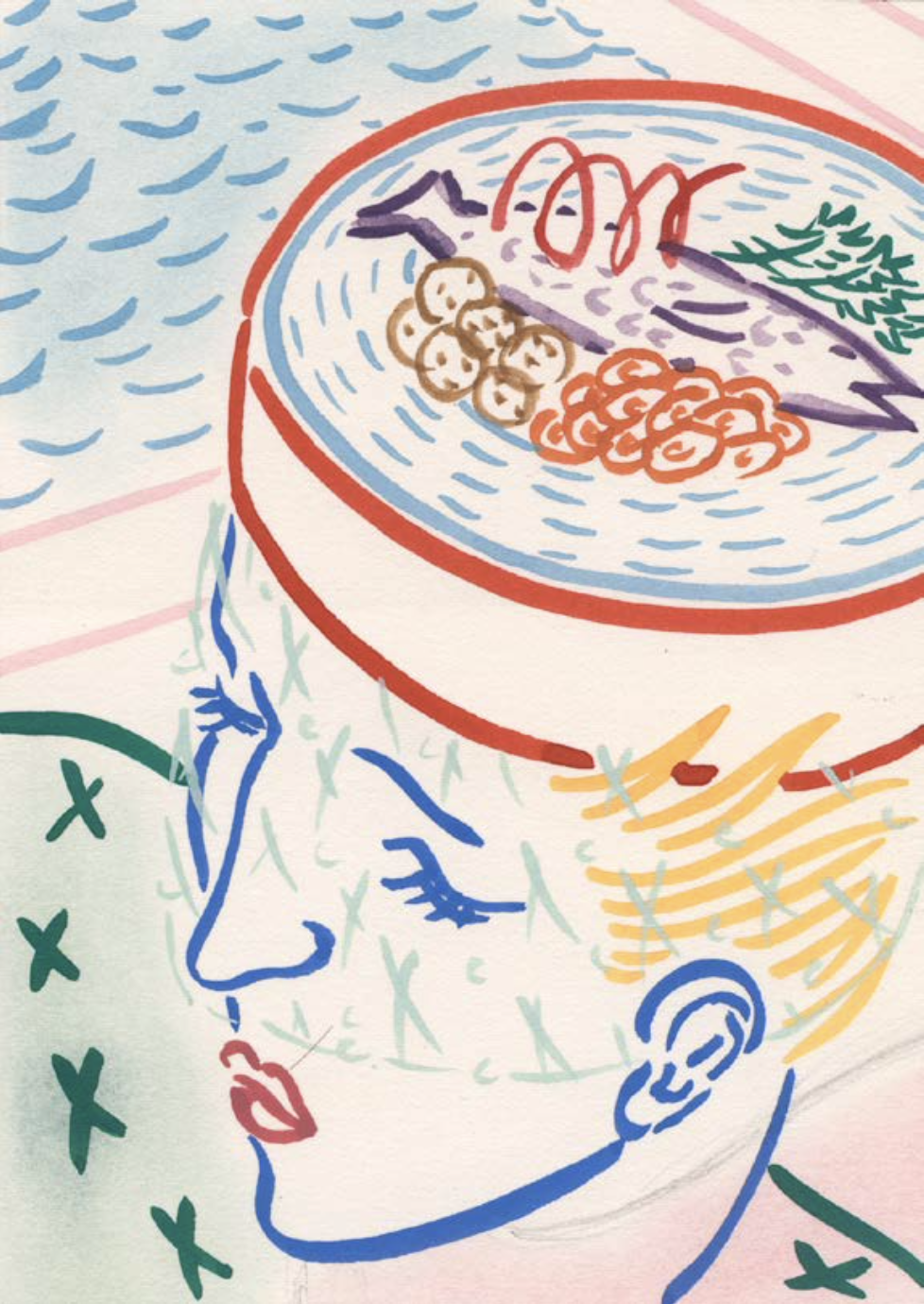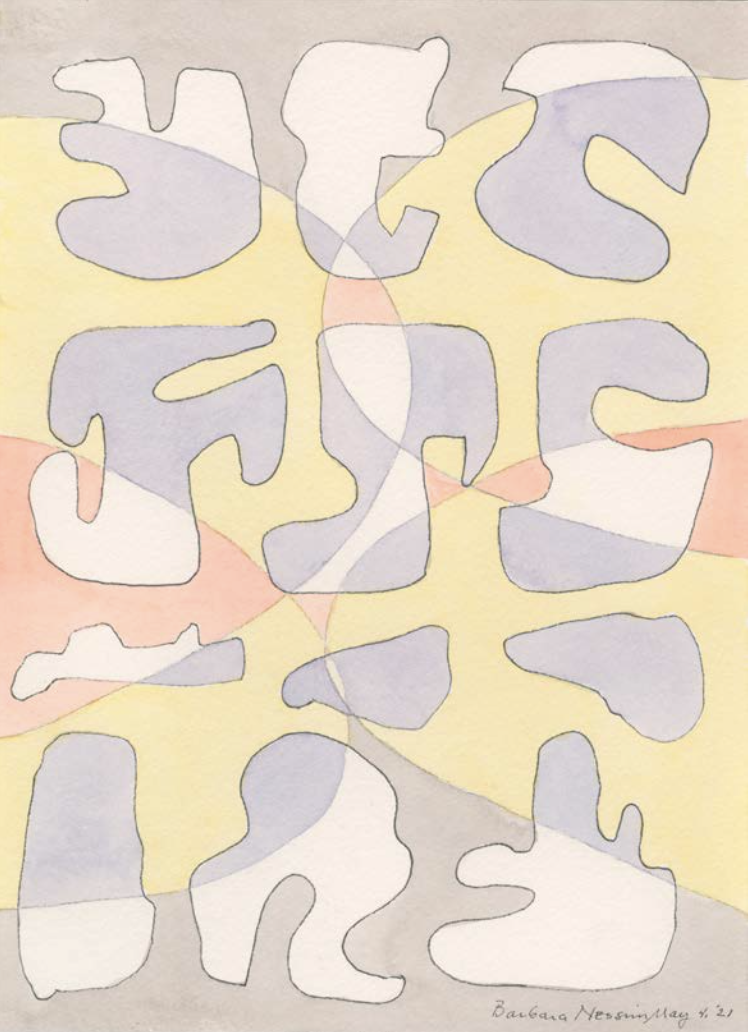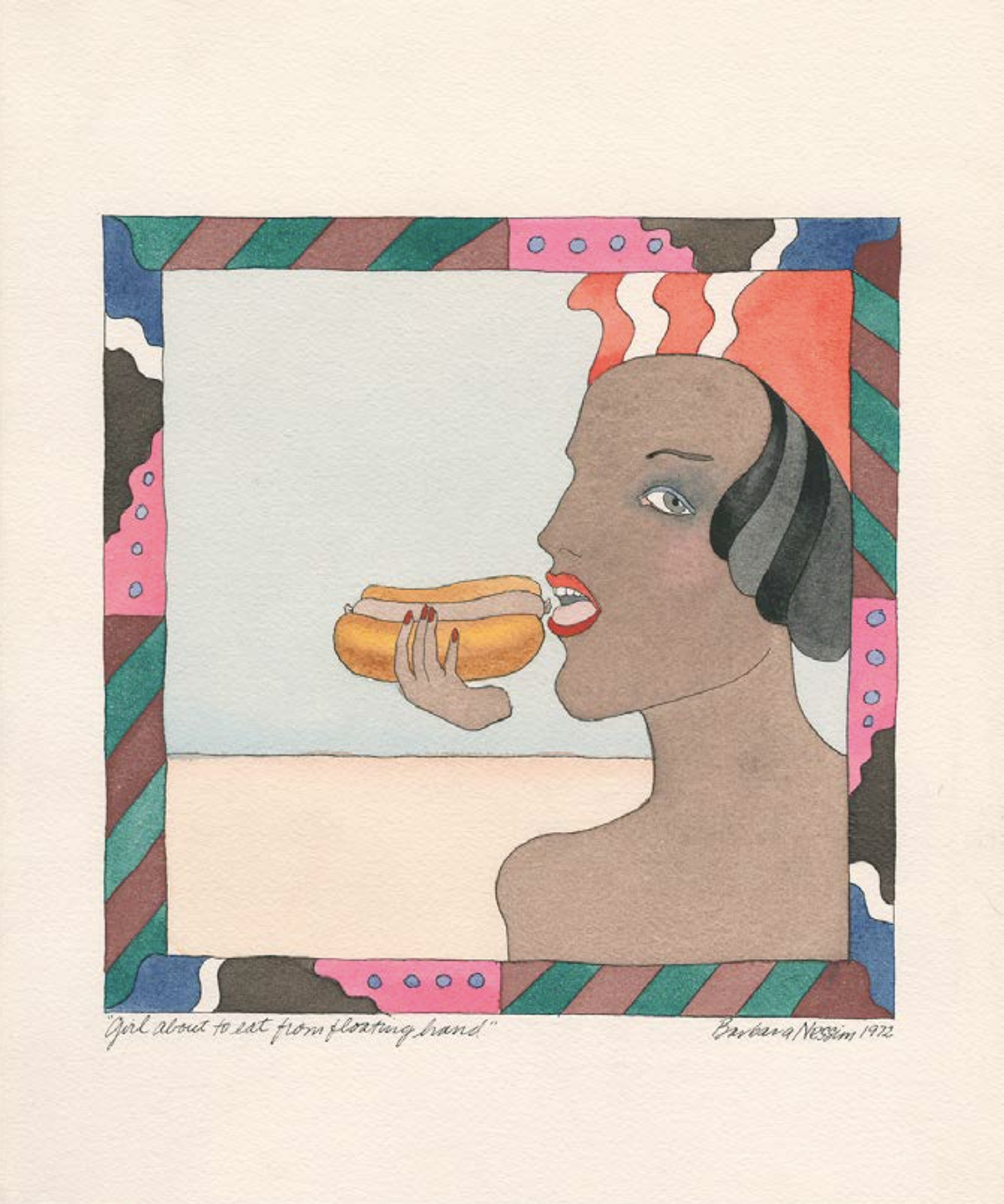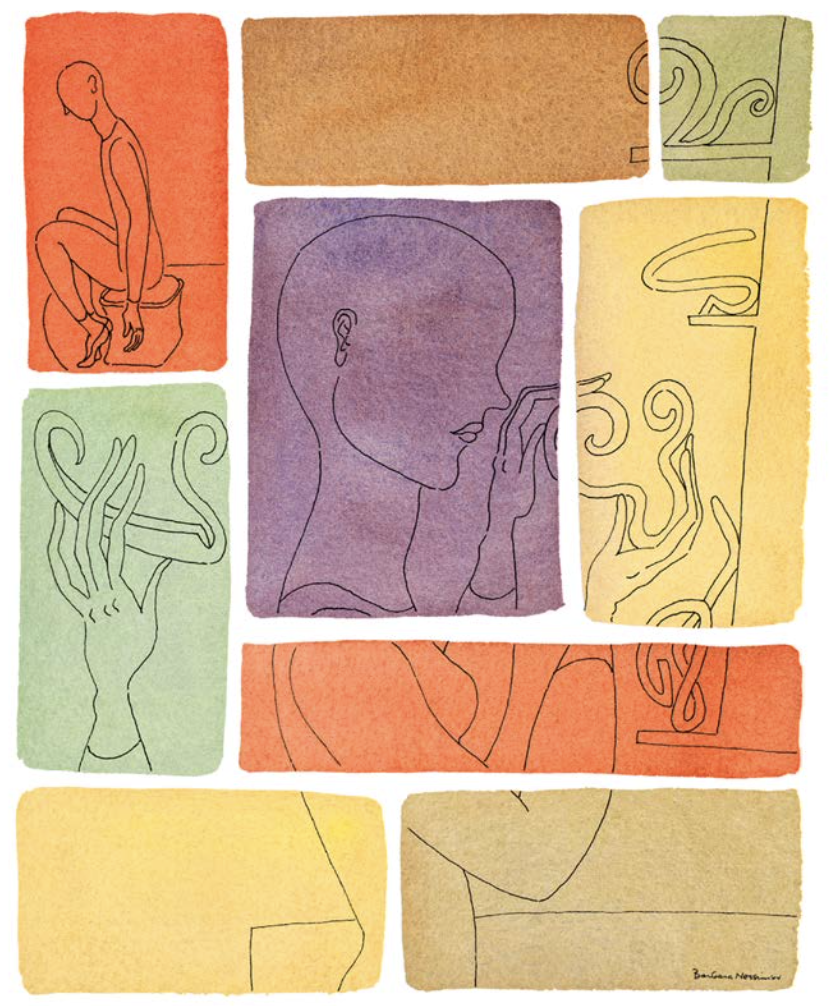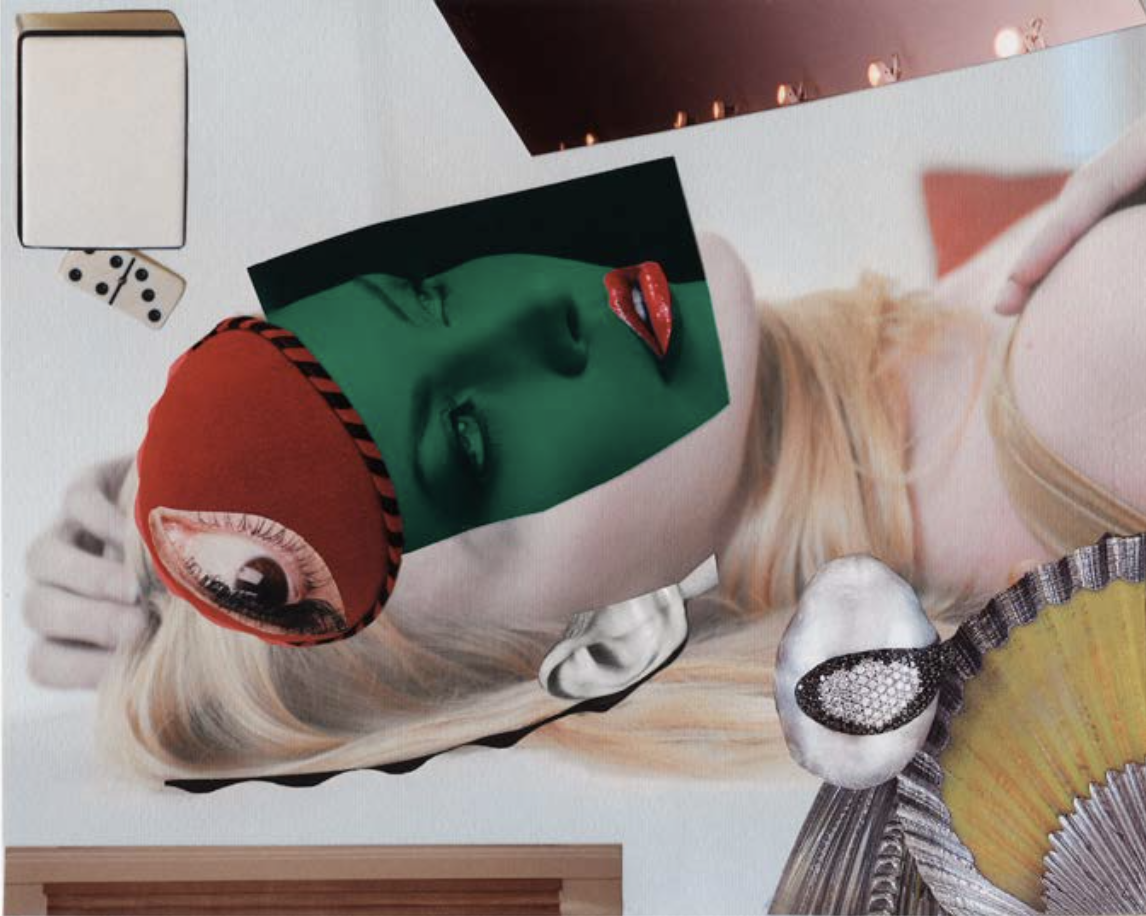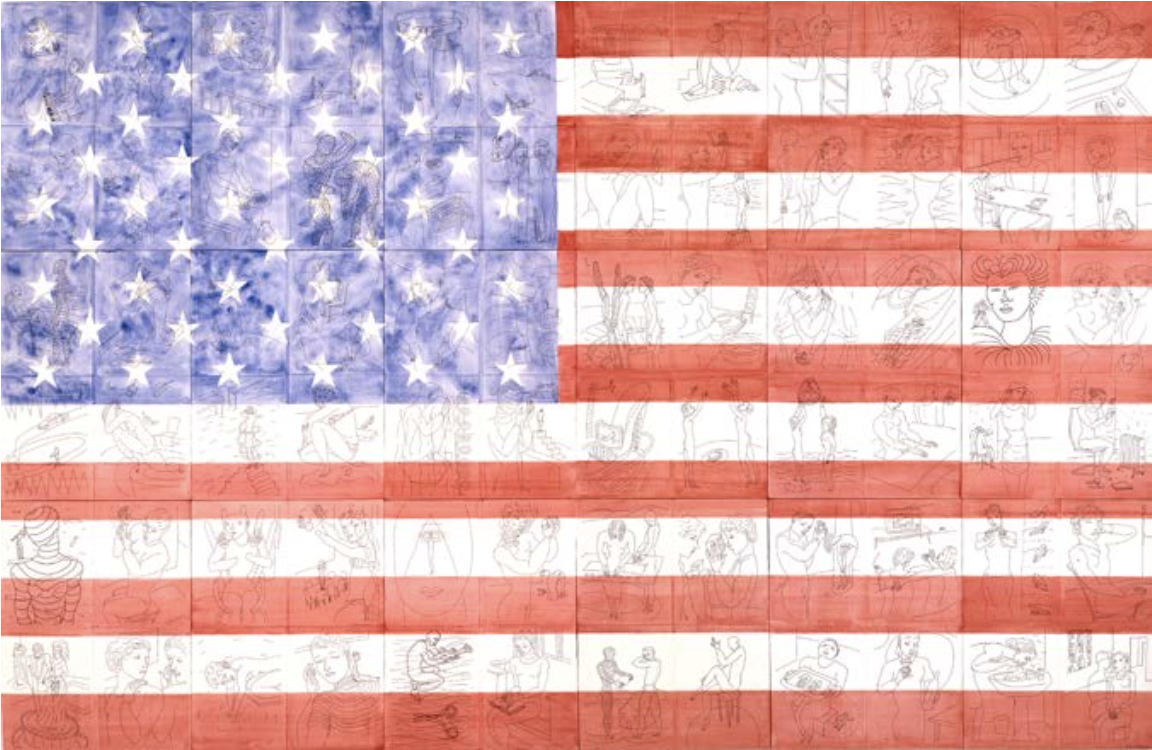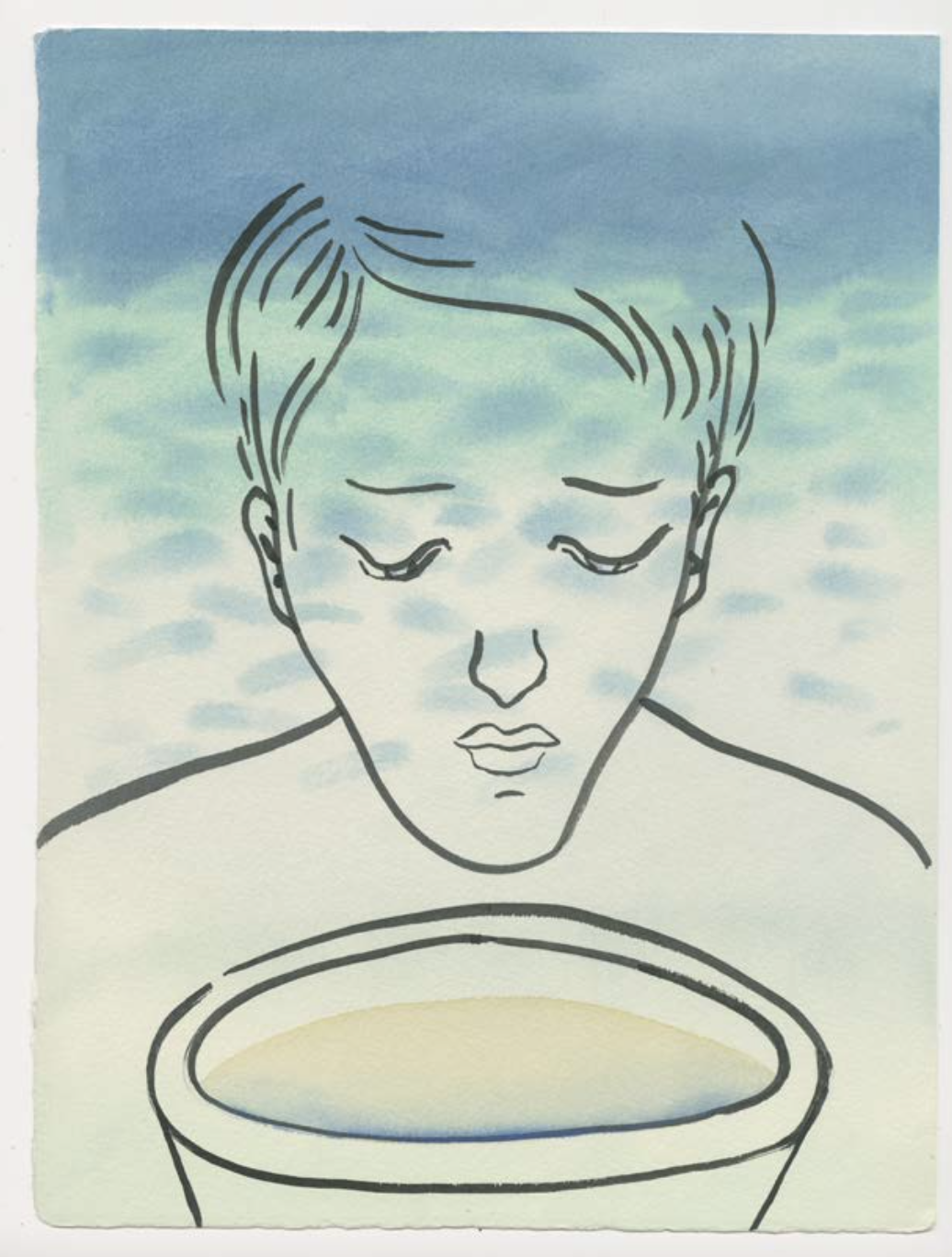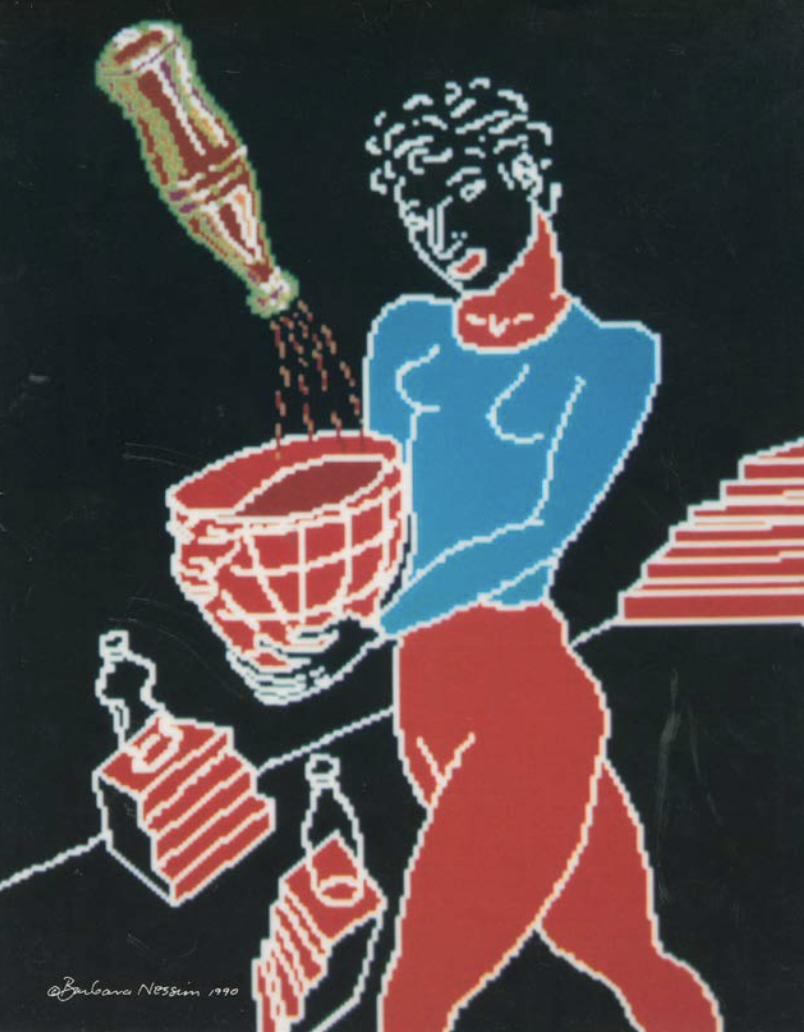Barbara Nessim
Barbara Nessim, Color Veil (Computer Heads series), 1984, Computer art Cibachrome Print (NorPak IPS2 Computer) 23.5”x19.5”
Barbara Nessim is an artist whose daring and prolific work, spanning six decades, defies narrow categorization. Her artistic production has straddled fine art and illustration, pushing against and reshaping the boundaries of the often-rigid separation between the two fields. With her artworks on paper informing her commercial illustrations, Nessim always begins with line or color, independent of medium, context or application. Her vibrant colorful imagery is figurative,
conceptual and deeply intuitive. Its power and enduring relevance lies in its fusion of skillful technique, social engagement and pop culture resonance. A Bronx native, Nessim’s artworks, as her biography, are the story of the evolving gender equity and shifting cultural landscapes of New York City. Her works have been exhibited and collected internationally, including at the V&A and the Bard Graduate Center Gallery. Nessim received a Lifetime Achievement Award from Pratt Institute in 2015 and was inducted into the Society of Illustrators Hall of Fame in 2020.
Supported early on by prominent illustrators and designers including Robert Weaver, Milton Glaser, Seymour Chwast, Henry Wolf, and Robert Benton, Nessim graduated from Pratt in 1960 where she studied Graphic Art and Illustration. At a time in which students were encouraged to emulate Abstract Expressionism, Nessim made intimate paintings with narrative emphasis. One of her first series, Man and Machine (1960), represents the artist’s unique visual vocabulary, in which stylistic echoes of German Expressionism combine with distinctly New York subject matter. Her non-traditional use of watercolor, monotype etching and lithography as well as embedded text in image, became signature features of both Nessim’s fine art and commercial illustration work. Dozens of sketchbooks, shelved chronologically in her studio, reflect the creative traffic between her different modes of production.
Resourceful and determined, Nessim’s career as an illustrator broke conventions of all sorts. Her first major illustration job was a Doubleday book jacket, which she got by hand-printing personalized linoleum cuts to art directors at publishing houses. The lengthy and impressive list of publications in which her illustrations have appeared include, New York Magazine, Harper’s Bazaar, Time, Glamour, Essence Magazine, Sports Illustrated, Rolling Stone, and Ms. Magazine. Many of her initial jobs in the 1960s were for self-styled “girlie” magazines such as Swank and Nugget, akin to Playboy, which offered Nessim surprising freedom and early exposure. Nessim’s figurative drawings frequently fuse human form with geometric shapes, composing strange and beautiful juxtapositions. Prominent themes in her work relate to social expectations of women and often challenge mainstream, binary definitions of gender. Her iconic use of color and engagement with cultural conceptions of female identity and beauty are evidenced in her WomanGirl series (1971 – 1974) of lanky nudes with no pubic hair wearing high-laced ballet pointe shoes.
Alongside her artistic practice, Nessim’s academic career began at the School of Visual Arts in 1967, where she taught until leaving to chair the Illustration Department at Parsons School of Design in 1991. Her pioneering impulse propelled her to the forefront of computer-generated graphic art in the early 1980s, by way of a video residency at TIME Inc. and later through an affiliation with IBM. In the 1990s, her expansive Random Access Memories series, which treats issues of population growth, immigration and diversity, positioned her among the first artists to drive illustrated book design into the digital sphere. Further evolving her use of digital media, two bodies of work – The Model Project (2008 – 2009) and Chronicles of Beauty (2009 – 2010) – combine analogue collage and digital printing techniques, using contemporary fashion imagery to address the thorny history of ideals of femininity and masculinity.
In her newest series, Wo/men in My Life (2019 – 2020), Nessim returns to her trove of sketchbooks. As much as these works in oil on canvas are based on sketches produced over forty years ago, they are in no way looking backwards. Nessim astonishes with her ability to translate the economy and intuition of a single gesture at 6” x 9”, into a 6’ x 4’ painting with remarkable depth. These impressively scaled canvases are portraits of non-binary individuals in wild and vivid colors, painted to a sensuous velvety texture and peppered with recognizable imagery from six decades of work – ribbons, swirls, geometric shapes that anthropomorphize, impossible hair and silhouetted nipples. Suggestive body parts patterned to near abstraction, such as a grid of tongues peaking down from above, are edgy and exciting. While Wo/men in My Life are not based on actual people, they embody a specificity to Nessim’s artistic universe that renders them unmistakably as characters in her life.
Jessica Eisenthal, 2021


